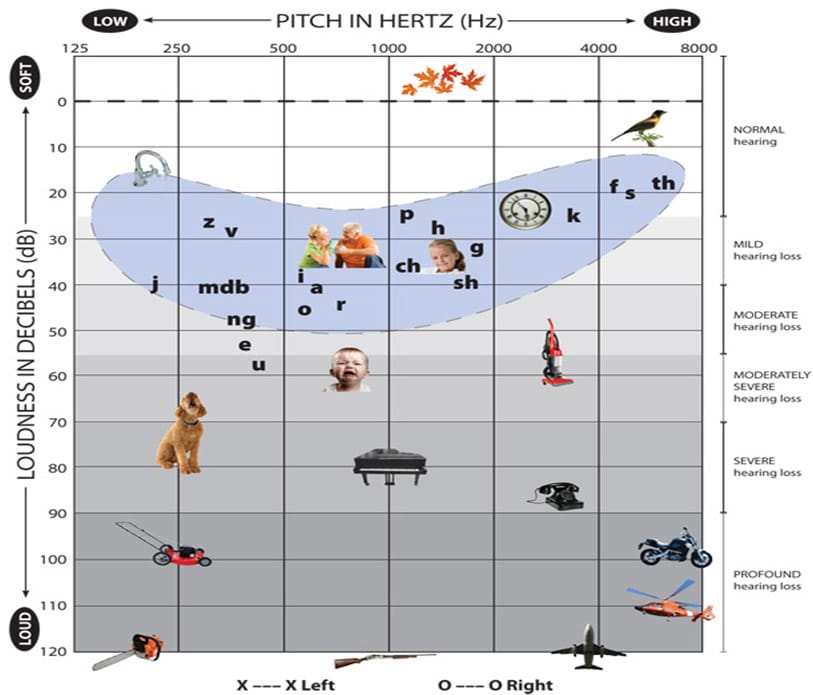

They usually filter out the higher and lower frequencies that we don't hear well or at all, but don't take into consideration that sudden changes in noise level are more noticeable than a flat, even tone. Typically you'll see "dBA" listed in a dishwasher's specs rather than "dB." If you're wondering about the difference between "dB" and "dBA" measurements, here's the answer: The "A-weighted" decibel values have been adjusted to reflect the way the human ear hears, and are commonly used to measure environmental noise. People typically notice differences of around 6-8 decibels or more. On the other hand, an increase of 3 decibels is only 1.23 times as loud (decibels work on a logarithmic scale).

To give you a point of reference, the typical conversation takes place at around 50-60 decibels, while a whisper is about 30 decibels - hence why some dishwashers can literally be called "whisper-quiet!" Every 10 decibel increase is equivalent to a 50% increase in the noise level. Any dishwasher with a rating of 52 dBA or below will be a good choice and very quiet compared to most older dishwashers. Dishwasher decibel levels will range from about 38 dBA (quietest) to about 62 dBA (loudest). The dB rating shows how quiet (or noisy) a dishwasher will be, based on an average taken from the dishwasher in operation.

The decibel level is a measure of the noise level of the dishwasher while in operation - decibels measure the intensity of a sound (and it's a relatively objective measure even if the technical definitions are confusing). What You Need to Know About Dishwasher Decibels


 0 kommentar(er)
0 kommentar(er)
